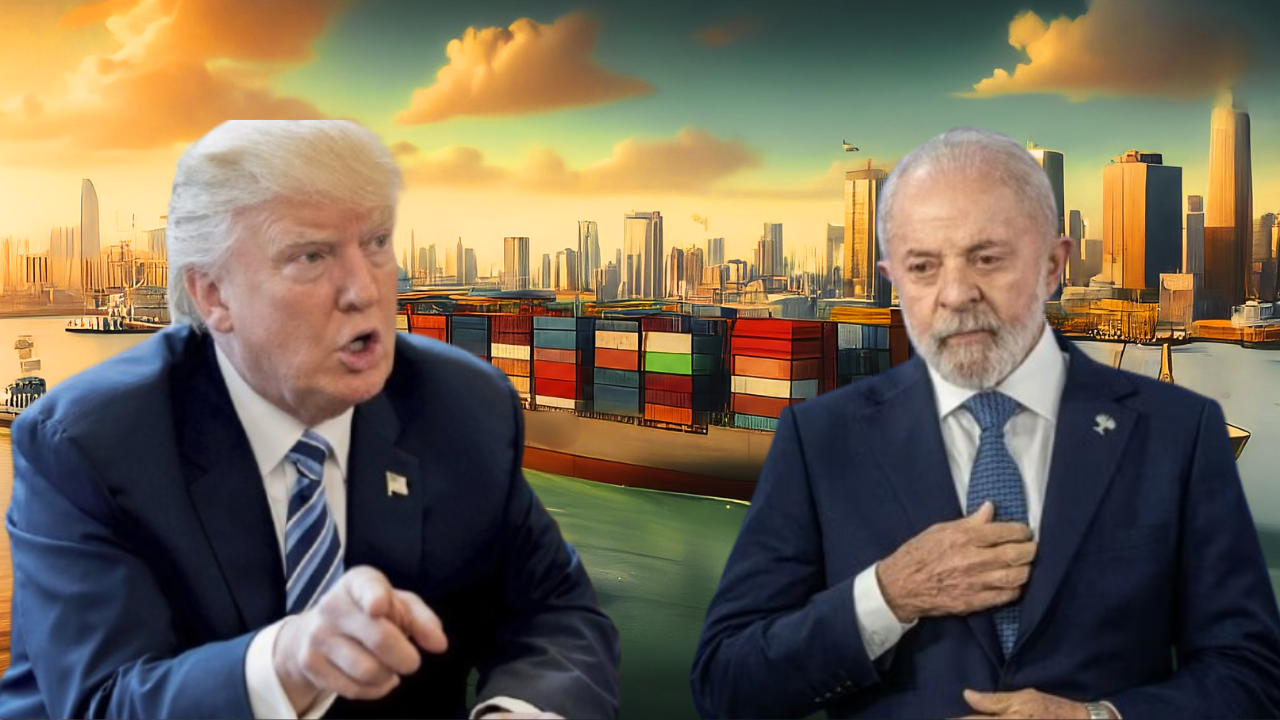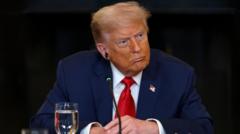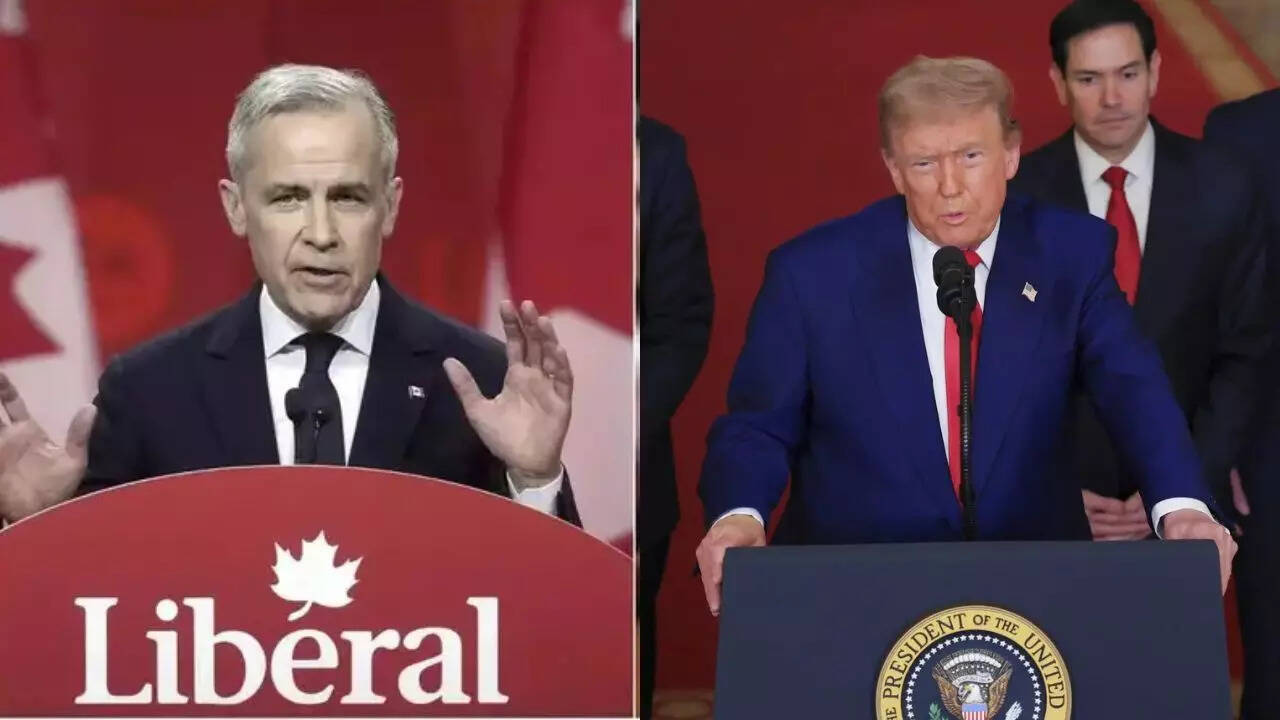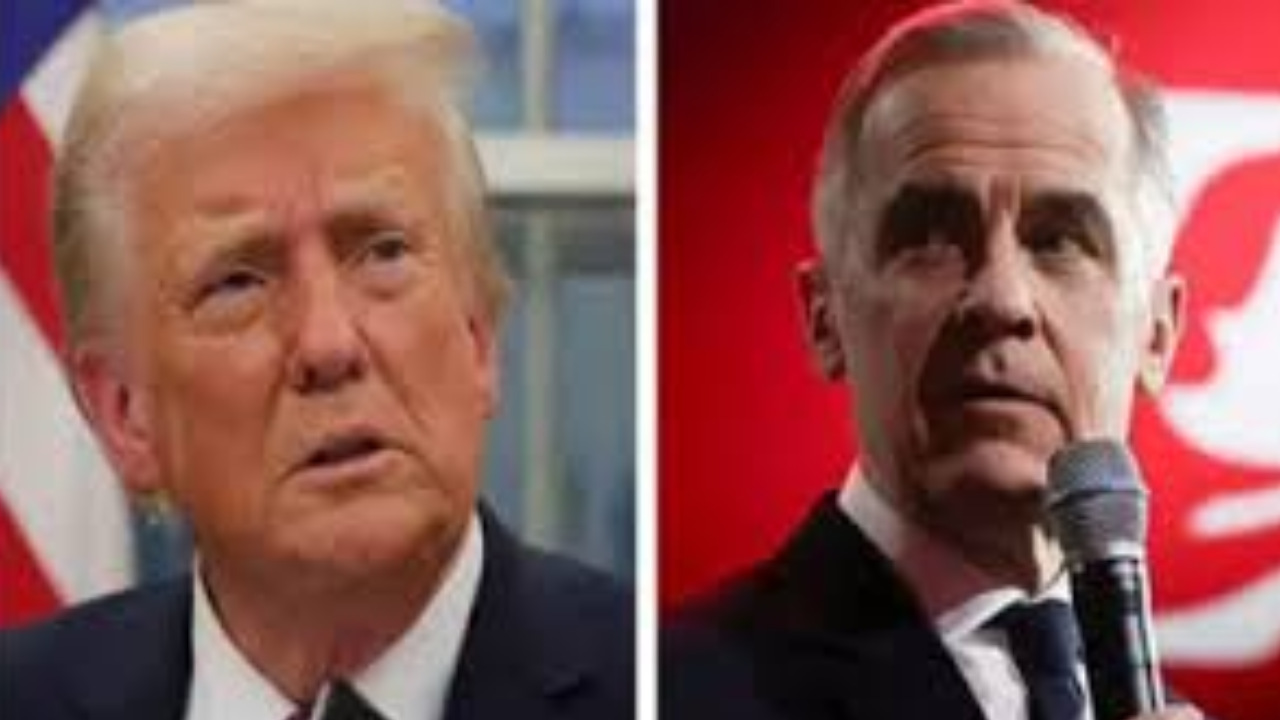See what’s trending right now
Trade and Tariffsin Top Stories
4 hours agoTrump escalates global trade tensions with aggressive tariffs on Brazil and Canada, while Rubio and a Chinese diplomat compete for influence in Asia amid the economic fallout.
Show me
Top Stories
Rubio and Chinese Diplomat Vie for Influence in Asia Over Trump’s Tariffs
neutralTop Stories
As the U.S. and China continue their trade standoff, Senator Marco Rubio and a top Chinese diplomat are crisscrossing Asia, each trying to sway regional allies to their side. Rubio is pushing countries to resist Beijing’s economic pressure, while the Chinese official is framing U.S. tariffs as destabilizing. It’s a high-stakes battle for influence, with smaller Asian nations caught in the middle.
Editor’s Note: This isn’t just about tariffs—it’s a tug-of-war for loyalty in a region that both superpowers see as critical. Asian countries are being forced to pick sides, and the outcome could reshape trade alliances and geopolitical power for years. For everyday folks, it’s a reminder that these big-power spats ripple far beyond Washington and Beijing.
50% tariff & 'witch hunt' cry: Why Trump is going all-out against Brazil
negativeTop Stories
Former U.S. President Donald Trump is doubling down on his aggressive trade stance, proposing a whopping 50% tariff on Brazilian imports—a move that’s sparked a fiery back-and-forth with Brazil’s left-leaning leader, President Lula. Lula fired back, calling it economic "tutelage" (basically, saying the U.S. is acting like a colonial overlord) and threatening countermeasures. Meanwhile, Trump is also jumping into Brazil’s domestic politics, defending ex-President Bolsonaro, who’s on trial for allegedly plotting a coup. Trump claims the trial is a "disgrace," framing it as a political witch hunt. Oddly, the U.S. actually runs a trade surplus with Brazil, but Trump’s citing vague "national security" concerns and copper imports as reasons for the tariffs.
Editor’s Note: This isn’t just about trade—it’s a messy mix of economics, diplomacy, and political posturing. Trump’s tariff threat could hurt Brazilian industries and escalate tensions with a key regional ally, while his vocal support for Bolsonaro adds fuel to Brazil’s already polarized politics. For Americans, it raises questions about whether Trump’s trade policies are really about protecting U.S. interests or just another front in his broader ideological battles. Either way, it’s a risky move that could backfire, economically and diplomatically.
Trump threatens 35% tariffs on Canadian goods
negativeTop Stories
Former President Donald Trump is ratcheting up his trade war rhetoric, this time targeting Canada with a proposed 35% tariff on its goods. He’s also floating blanket tariffs of 15-20% for most other trade partners and teasing new levies on the EU. If he wins reelection, this could reignite global economic tensions.
Editor’s Note: Trade wars aren’t just history—they could make a comeback. Trump’s threats signal a return to the aggressive tariffs that defined his first term, which often led to higher prices for consumers and strained relations with allies. For businesses and shoppers, this could mean more uncertainty (and potentially costlier goods) down the line.
Trump Threatens 35 Percent Tariffs on Canada in the Middle of Trade Talks
negativeTop Stories
Former President Donald Trump is stirring the pot in ongoing trade negotiations with Canada by proposing a hefty 35% tariff on Canadian imports if he wins the 2024 election. The threat comes amid already tense discussions over trade policies, and it’s raising eyebrows—and concerns—about the potential economic fallout for both countries.
Editor’s Note: Trade tensions between the U.S. and Canada aren’t new, but Trump’s latest threat could escalate things quickly. A 35% tariff would hit everything from cars to groceries, likely driving up prices for American consumers and straining a key economic relationship. Whether this is a negotiation tactic or a serious policy proposal, it’s a reminder of how volatile trade talks can get—especially in an election year.
Trade war: Canada reacts after Trump slaps 35% tariffs; will US soften its stance?
negativeTop Stories
Things just got frostier between the US and Canada. After the Trump administration hit Canadian imports with a whopping 35% tariff—blaming Canada’s role in the fentanyl crisis—PM Mark Carney fired back, vowing to shield Canadian workers and pointing to the country’s anti-fentanyl efforts. Meanwhile, Canada’s cozying up to the UK for trade alternatives, while Trump’s warning against retaliation and dangling incentives for companies to move south. Will this trade spat cool down, or is it just heating up?
Editor’s Note: Trade fights aren’t just about economics—they’re political, personal, and can ripple through everyday prices and jobs. This latest US-Canada clash could mean higher costs for consumers, strained relations between longtime allies, and a scramble for new trade deals. For Canadians, it’s a test of how much they’ll bend or push back; for Americans, it’s another flashpoint in Trump’s "America First" playbook. Either way, buckle up—this could get messy.
Stock market today: Nifty50 opens in red; BSE Sensex down over 250 points
negativeTop Stories
Indian stock markets had a shaky start today, with both the Nifty50 and Sensex dropping right out of the gate—the Sensex alone fell more than 250 points. The dip seems tied to jitters over global trade tensions, sparked by Donald Trump’s latest tariff announcements.
Editor’s Note: Investors are reacting to the ripple effects of U.S. trade policies, which can shake confidence in emerging markets like India. When big indices like these slide early, it often sets the tone for the trading day—and hints at broader unease about economic stability.
Trade war: Trump slaps 35% tariffs on Canadian goods; threatens more in case of retaliation
negativeTop Stories
President Trump just escalated trade tensions with Canada by imposing a 35% tariff on a range of Canadian goods—and he’s warning that more penalties could come if Canada retaliates. This move risks further straining relations between the two neighbors, who have historically had strong economic ties.
Editor’s Note: Trade wars aren’t just political theater—they hit businesses and consumers where it hurts. Higher tariffs mean pricier goods, disrupted supply chains, and potential job losses on both sides of the border. With Trump threatening even more tariffs if Canada fights back, this could spiral into a full-blown economic standoff. For everyday people, that might mean paying more for everything from lumber to groceries. Not great.
Trump threatens new 35% tariff on Canadian goods, effective Aug. 1
negativeTop Stories
President Trump just dropped a bombshell in a letter to Canada’s Prime Minister, threatening to slap a hefty 35% tariff on Canadian imports starting August 1. This isn’t just a minor trade tweak—it’s a major escalation that could rattle supply chains, hike prices, and strain relations between the two neighbors.
Editor’s Note: If this tariff goes through, it’s bad news for everyone from automakers to grocery shoppers. Canada and the U.S. have one of the world’s biggest trading relationships, so sudden moves like this could mean higher costs for businesses and consumers on both sides of the border. It also signals more turbulence in global trade at a time when economies are already shaky. Buckle up.
Trump Tariff Letters: See the Latest Rates and Countries Affected
negativeTop Stories
President Trump is turning up the heat on trade negotiations, notifying nearly two dozen countries that they’ll be hit with tariffs of 20% or higher starting August 1—unless they cut new deals before then. The move signals a hardline approach, leaving affected nations scrambling to avoid the added costs.
Editor’s Note: This isn’t just about steel or aluminum—it’s a high-stakes gamble that could reshape global trade flows. Businesses relying on imports from these countries may face higher costs, and if negotiations stall, consumers could see prices climb. It’s another chapter in Trump’s "America First" playbook, but the ripple effects could be messy.
Why World Pulse Now?
Global Coverage
All major sources, one page
Emotional Lens
Feel the mood behind headlines
Trending Topics
Know what’s trending, globally
Read Less, Know More
Get summaries. Save time
Stay informed, save time
Learn moreLive Stats
Articles Processed
7,637
Trending Topics
145
Sources Monitored
211
Last Updated
an hour ago
Live data processing
How it works1-Minute Daily Briefing
Stay sharp in 60 seconds. Get concise summaries of today’s biggest stories — markets, tech, sports, and more
Why World Pulse Now?
Global Coverage
All major sources, one page
Emotional Lens
Feel the mood behind headlines
Trending Topics
Know what’s trending, globally
Read Less, Know More
Get summaries. Save time
Stay informed, save time
Learn moreLive Stats
Articles Processed
7,637
Trending Topics
145
Sources Monitored
211
Last Updated
an hour ago
Live data processing
How it works1-Minute Daily Briefing
Stay sharp in 60 seconds. Get concise summaries of today’s biggest stories — markets, tech, sports, and more







